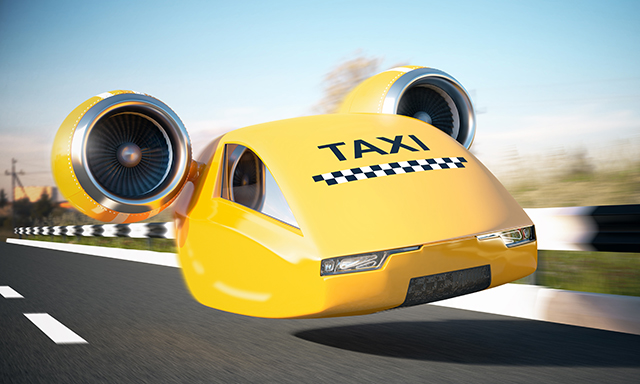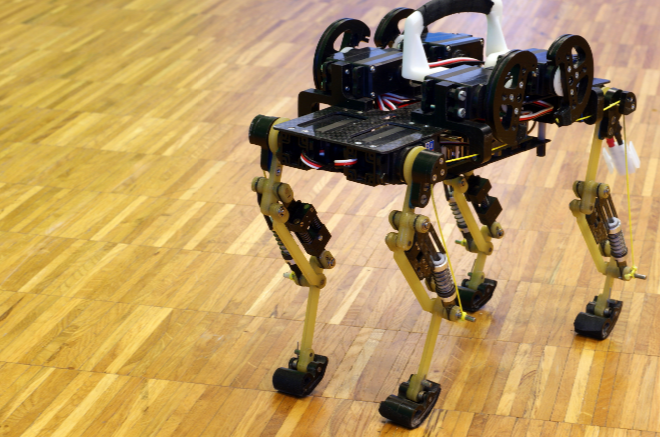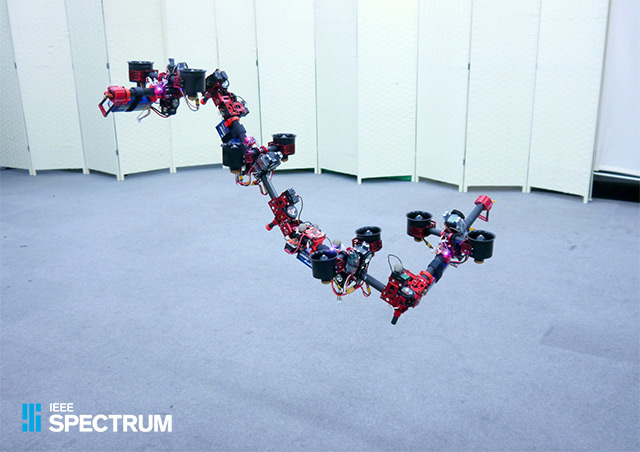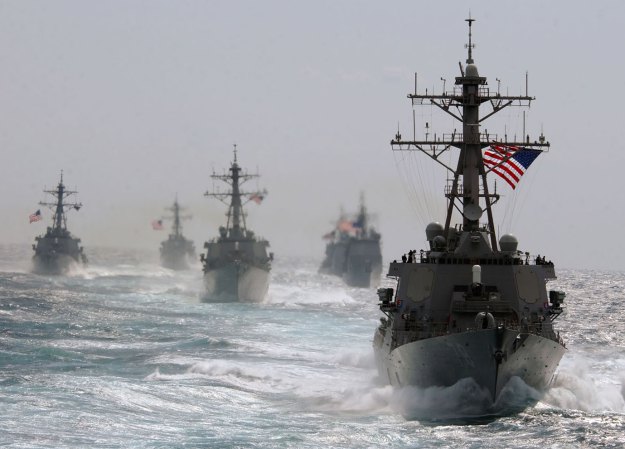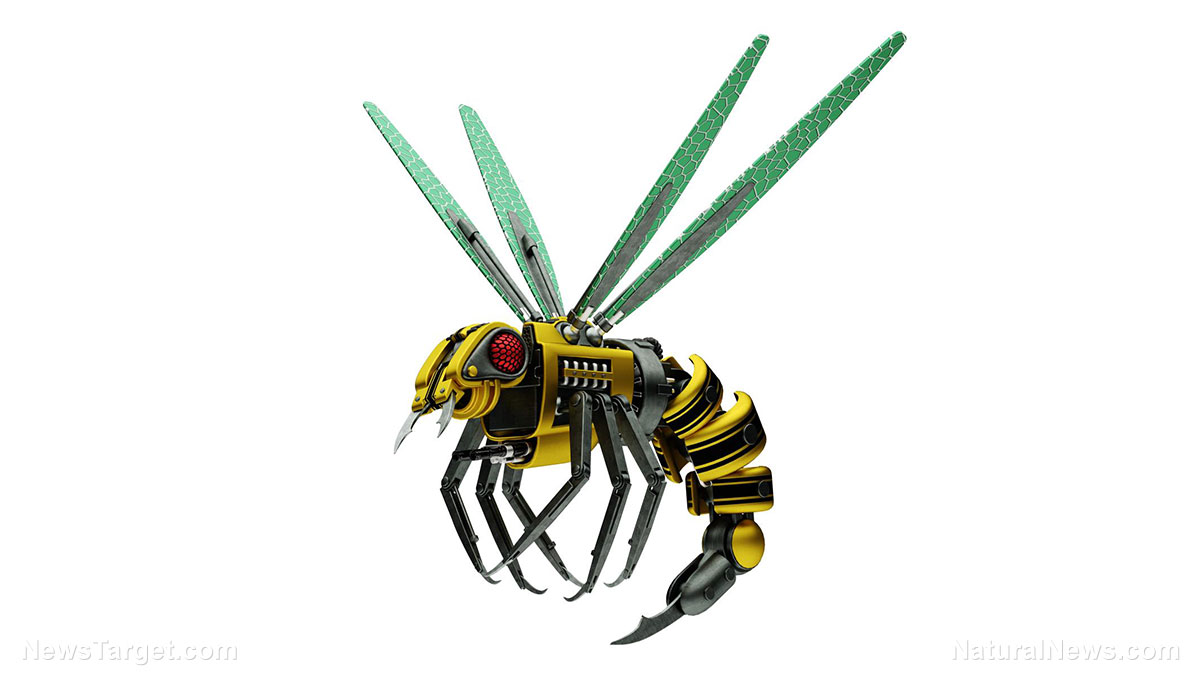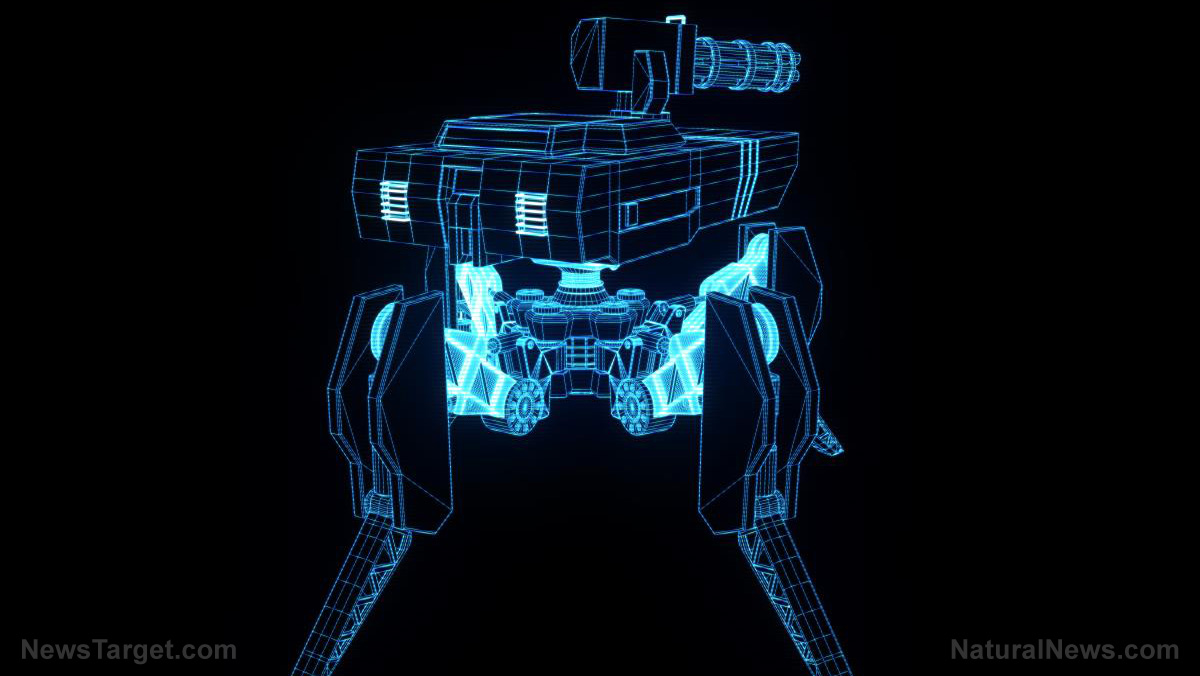Security threat? China is developing large unmanned submarines that can roam the world’s oceans
10/02/2018 / By Lance D Johnson
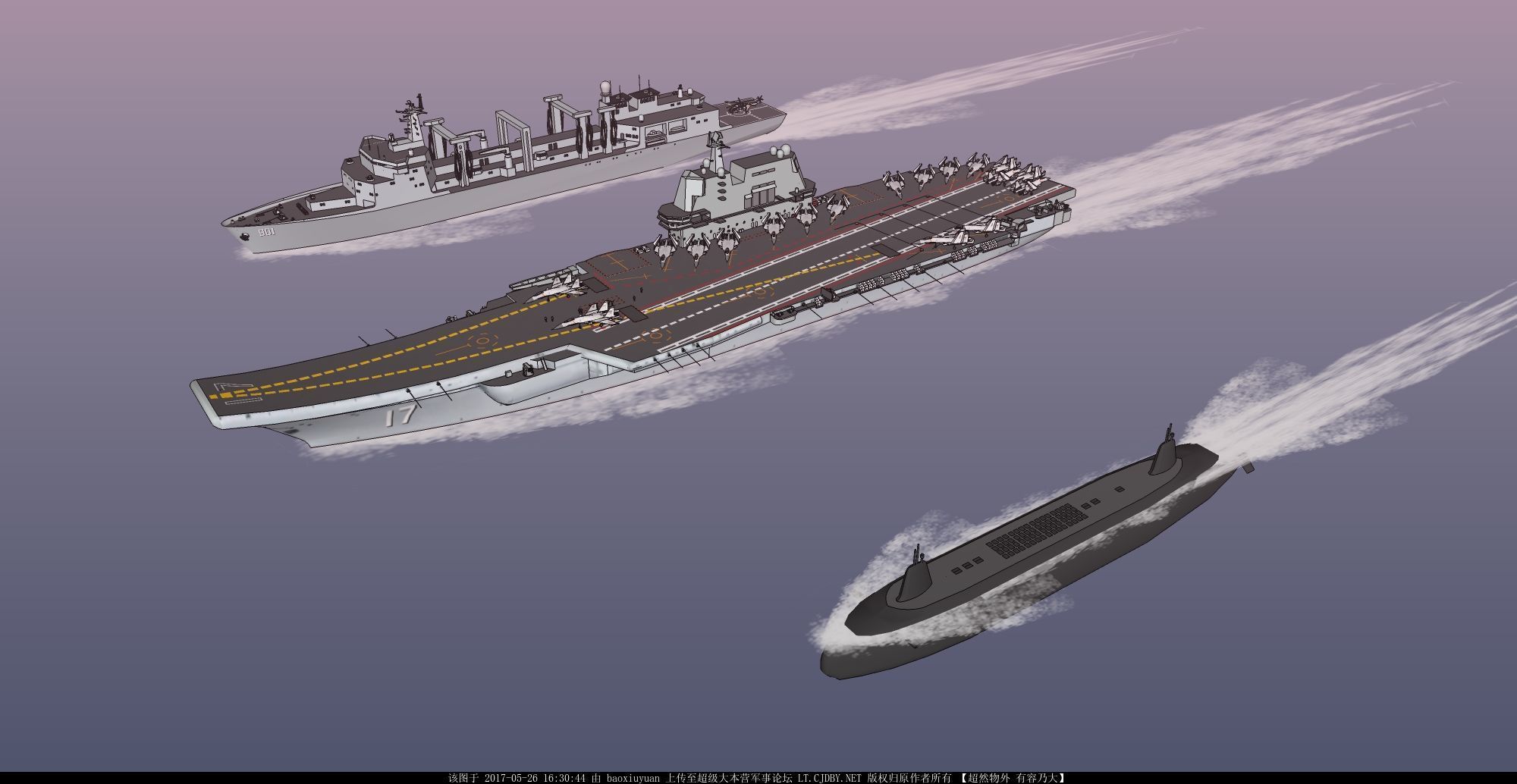
The military superpowers of the world are in a race to develop the most powerful unmanned, AI submarine fleet. After the Second World War, Western naval forces gained the advantageous position in the South China Sea. China seeks to reclaim positions in the South China Sea by being the first country to develop large, fearless unmanned submarines.
The present day arms race is to create the most robust, most intelligent unmanned underwater vehicles (XLUUVs). Lin Yang, marine technology equipment director at the Shenyang Institute of Automation, Chinese Academy of Sciences, confirms that China is developing a fleet of underwater robots that can reach operational depths beyond 6km. The original producer of the first autonomous underwater vehicle, Lin Yang is now the chief scientist of the highly classified 912 Project, which seeks to build the most advanced AI underwater fleet.
These relatively low cost AI vessels could be sent out on suicide missions to take out Western vessels. China’s advanced AI vessels can learn about their environment and place mines in the most strategic places. These unmanned vessels could be used up front in battle to scout out and charter paths for a fleet of lethal, manned submarines. In the Zhuhai, Guangdong province, China now boasts the world’s largest testing facility for surface drone boats. The Chinese military is teaching submarine commanders how to use AI-assisted support systems so they can make more accurate decisions in the heat of battle.
The development of AI submarines will heighten the stakes of war
Moreover, the underwater AI-assisted system will be used to carry out missions in conjunction with manned and autonomous military operations already being conducted on land, water, and air. These unmanned submarines will be able to complete missions without human intervention. These soul-less machines will fearlessly be able to conduct dangerous missions, heightening the stakes of war. This technology will give commanders more power and brazenness to make risky decisions.
These machines are not small underwater drones; instead, they are “giant” submarines that dock and disguise themselves as conventional subs. They can run continuously and autonomously for many months due to their self sustaining diesel-electric engines. These machines are smart, capable of adjusting their own depth to avoid detection by enemy forces. They can navigate the seas with great accuracy, chartering the safest path to reach a designated location. They even have the ability to distinguish between a civilian and military vessel. As they gather intelligence in the open seas, these AI vessels will learn the best positions to create “chock points.” This artificial intelligence will teach the Chinese military where the precise tactical positions are, in order to stop opposing forces from penetrating their territory. Because they are more cost effective than traditional military submarines, they can also be used to ram into high value targets if need be.
The United States is currently working on XLUUV prototypes as well and has financed the manufacture of nine such machines for use by 2020. Boeing is developing a 50 ton autonomous submarine and Lockheed Martin has come up with a fleet of AI vessels known as the Orca system. Russia’s Status-6 can reportedly travel autonomously at high speed and deliver a 100 megaton warhead. These AI vessels are cheaper because they do not have to give comfort and safety to an onboard crew. Lockheed Martin’s Orca program costs roughly $40 million, compared to a $2 billion price tag just to create one Ohio-class submarine for the U.S. Navy.
The advanced learning capabilities of these AI vessels change the focus and strategy of future warfare and national defense. The more experience the AI gets, the more capable it will become in defending its own fleet. This could cause nations to desire conflict, as they push the limits and intelligence of their AI systems. As AI systems get smarter, they will put tremendous pressure on human captains and commanders. This could inevitably lead to a strange world war of competing AI machines.
For more on world threats, visit NationalSecurity.News.
Sources include:
Tagged Under: AI, China, drones, future tech, learning war, military intelligence, military tech, national security, robots, submarines, tactical advantage, territory, underwater robots, unmanned vehicles, world war




